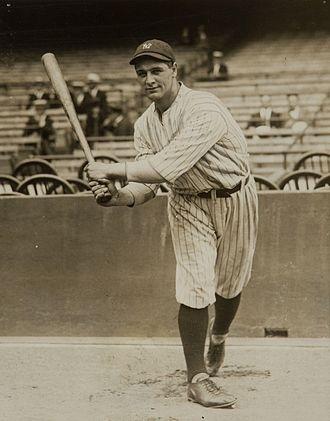
Nineteen thirty-eight was the last full season played by baseball slugger Lou Gehrig before amyotrophic lateral sclerosis (ALS) forced him to retire. He struggled to hit and field well for much of the season, and his final statistics—a .295 batting average, 29 home runs, 114 runs batted in—were unusually low for him. But in mid-season, Gehrig enjoyed a streak in which he seemed to regain his previous power. This three-week stretch, not studied closely by neurologists or baseball historians until now, suggests that the “Iron Horse” may have experienced a temporary ALS reversal, which can be instructive for researchers and those coping with the disease.
Rick Bedlack, MD, PhD, a national expert in ALS and ALS reversals, and baseball author Dan Joseph analyze this resurgence in the latest issue of RRNMF Neuromuscular Journal. Their analysis of Gehrig's performance during the season, his competition, and the clinical progression of ALS point to a temporary but significant improvement in his condition. Read their full discussion here.
ALS reversals are periods where the progression of ALS either pauses or reverses for an extended period. They can last for weeks, months, or in some cases, years. Rick Bedlack has studied ALS reversals for years. By knowing more about what might cause an ALS reversal, or who might be getting them, he hopes to improve life for all individuals living with this condition. Read more about Dr. Bedlack's work to study ALS reversals here.